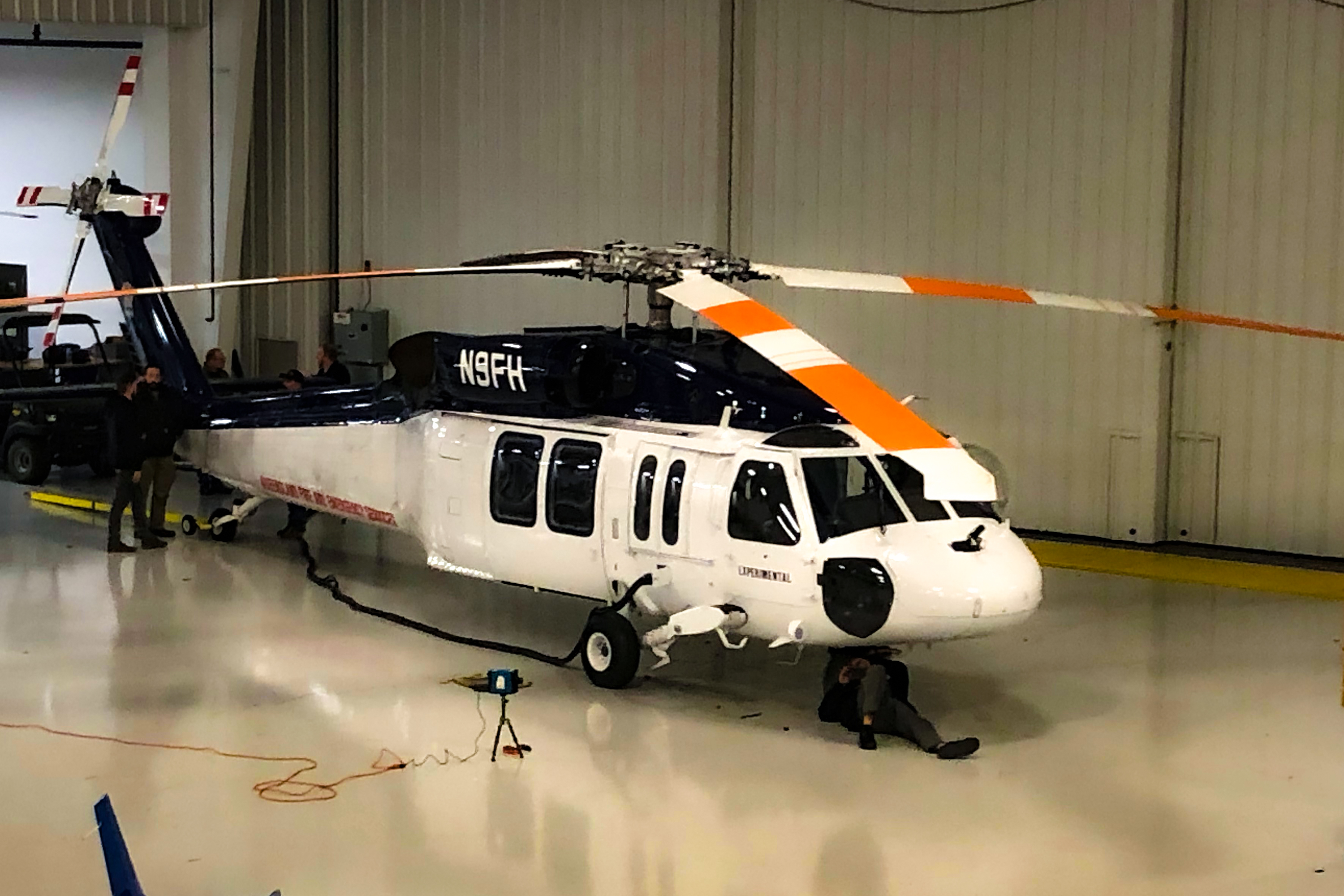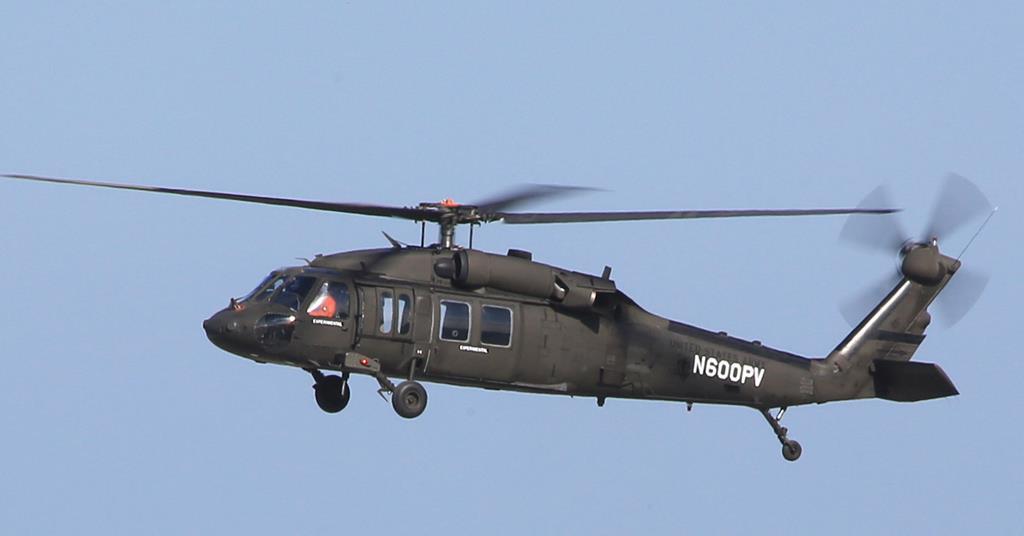UH 60 Black Hawk: A Close Look at Its Engineering, Performance, and Tactical Uses
UH 60 Black Hawk: A Close Look at Its Engineering, Performance, and Tactical Uses
Blog Article
Exploring the History and Evolution of the UH 60 Helicopter

Beginnings of the UH-60
The beginnings of the UH-60 helicopter can be mapped back to the late 1960s, a duration noted by the demand for a functional energy airplane that might adjust to the progressing demands of contemporary war. The united state Military acknowledged the need for a replacement for the older UH-1 Iroquois, which was becoming increasingly inadequate for the complexities of modern combat scenarios. In 1967, the Army initiated the Utility Tactical Transport Airplane System (UTTAS) program, which looked for to establish a multi-role helicopter with the ability of different goals, including army transport, medical discharge, and logistical support.
The UH-60 Black Hawk was introduced, showcasing cutting-edge style components and advanced technology that established it apart from its predecessors. The UH-60 swiftly acquired acknowledgment for its robust efficiency, reliability, and versatility, paving the method for its extensive usage in military operations and strengthening its status as a keystone of U.S. Military aviation.
Trick Design Attributes
Ingenious design functions of the UH-60 Black Hawk substantially add to its functional effectiveness. One of one of the most notable elements is its twin-engine configuration, which improves integrity and provides a higher power-to-weight proportion, making it possible for the helicopter to carry out under different problems. The airplane's four-blade main blades system supplies improved lift and ability to move, important for tactical missions.

Furthermore, the cockpit is created for optimal presence and functional designs, featuring innovative avionics that improve pilot procedures. The modular style of the UH-60 enables very easy maintenance and adaptability, making it ideal for different mission accounts, from troop transport to medevac procedures. These crucial design attributes make sure that the UH-60 Black Hawk stays a reputable and versatile possession in army aviation, qualified of meeting the demands of modern-day warfare.
Technological Innovations
Recent technical developments in the UH-60 Black Hawk have actually significantly boosted its operational abilities and flexibility. The integration of sophisticated avionics, such as digital flight control systems and improved situational awareness screens, permits pilots to operate with enhanced accuracy and effectiveness. These systems help with enhanced navigation, communication, and information sharing, making it possible for the helicopter to function efficiently in diverse atmospheres.
Furthermore, the intro of composite products has actually lowered the total weight of the airplane while keeping architectural integrity. This reduction improves gas performance and expands operational range. The consolidation of innovative rotor modern technology, including using four-blade, totally articulated rotor systems, has improved i thought about this lift performance and maneuverability, enabling much better handling in different trip conditions.

Additionally, innovations in propulsion systems, such as the T700-GE-701D engines, have actually boosted power outcome and dependability - uh 60. These engines add to superior performance in hot-weather and high-altitude problems
Finally, the integration of self-defense systems and improved sensing unit bundles enhances the Black Hawk's survivability and goal performance. Collectively, these technological renovations make sure that the UH-60 Black Hawk remains a vital property in modern-day aviation, with the ability of adjusting to the developing needs of humanitarian and army objectives.
Function in Military Workflow
As the foundation of U.S. Army air travel, the UH-60 helicopter plays an essential role in numerous military operations, acting as a flexible platform for fight support, transport, and medevac objectives - uh 60. Its layout integrates the capability to run in varied atmospheres, making it important for army movement and logistical assistance in both unique and conventional war

In clinical emptying situations, the UH-60 has actually verified very useful, significantly minimizing the moment to move damaged soldiers from the field of battle to medical facilities. Its innovative avionics and night vision capabilities better make sure objective success under challenging problems. In general, the UH-60 helicopter remains an essential possession, constantly adjusting to satisfy the evolving needs of military procedures and improving the effectiveness of united state forces worldwide.
Future of the UH-60
Looking ahead, the future of the UH-60 helicopter involves significant advancements in modern technology and abilities developed to enhance its functional effectiveness. As army procedures develop, the UH-60 is anticipated to integrate advanced modern technologies, including enhanced avionics, boosted weapons systems, and progressed communication devices. These enhancements will enable greater situational recognition and goal versatility, making certain that the UH-60 remains a crucial asset on the field of battle.
One notable growth is the assimilation of fly-by-wire systems, which will enhance trip control accuracy and reduce pilot workload. Moreover, initiatives to update the airframe and engines aim to enhance speed, payload, and variety capacity, thus increasing the helicopter's functional extent (uh 60).
The future additionally holds assurance for increased interoperability with unmanned aerial systems (UAS), enabling worked with objectives that utilize both manned and unmanned capabilities. Furthermore, the unification of man-made intelligence and machine knowing can optimize flight dynamics and maintenance company website processes, resulting in decreased operational costs.
Conclusion
The UH-60 Black Hawk helicopter represents a considerable success in armed forces aeronautics, advancing from the united state Army's initial needs for a flexible utility airplane. Its cutting-edge style features and continuous technological advancements have guaranteed its significance in different armed forces operations over the years. As the demands of modern-day warfare change, the future of the UH-60 will likely involve more improvements and adaptations, enhancing its condition as an important property for militaries worldwide.
The UH-60 Black Hawk helicopter represents a significant landmark in armed forces aviation, arising from the U.S. Military's mission for a more reliable and functional utility airplane in the late 20th century.The beginnings of the UH-60 helicopter can be traced back to the late 1960s, a duration marked by the demand for a versatile energy aircraft that could adjust to the evolving needs of modern warfare. On the whole, the UH-60 helicopter remains an essential asset, continually adapting to satisfy the evolving demands of armed forces procedures and improving the performance of U.S. forces worldwide.
Looking in advance, the future of the UH-60 helicopter entails considerable advancements in innovation and capabilities created to enhance its operational performance.The UH-60 Black Hawk helicopter stands for a significant accomplishment in army aviation, advancing from the United state Army's initial demands for a functional energy airplane.
Report this page